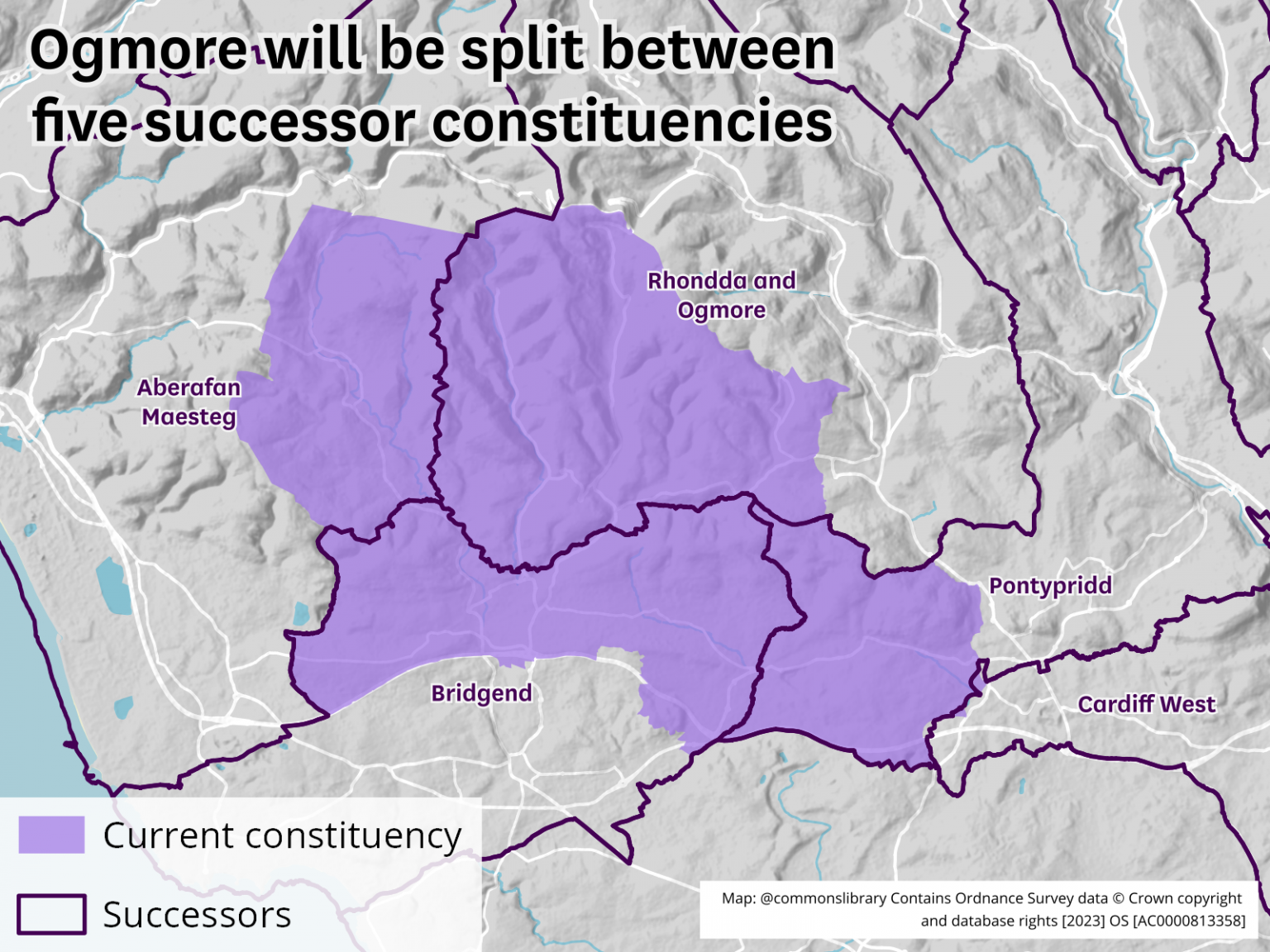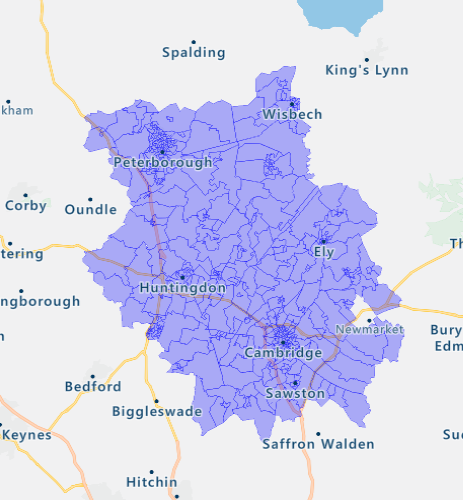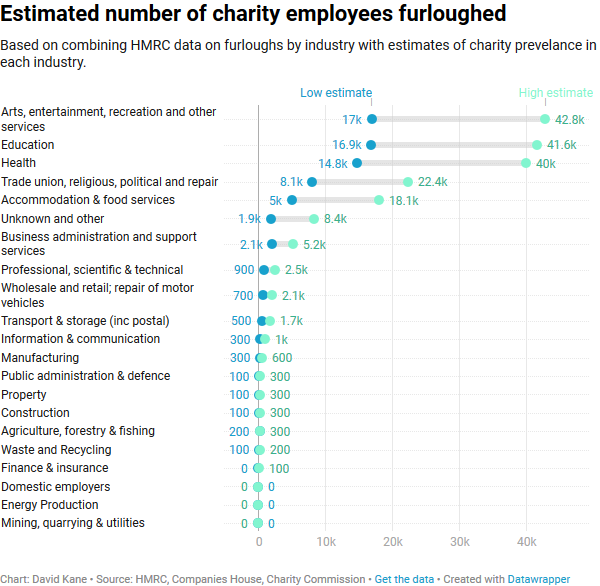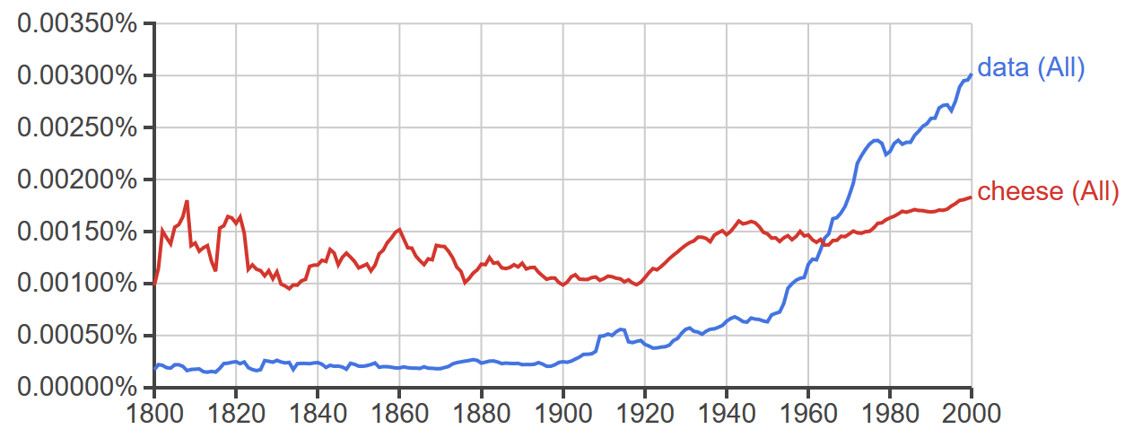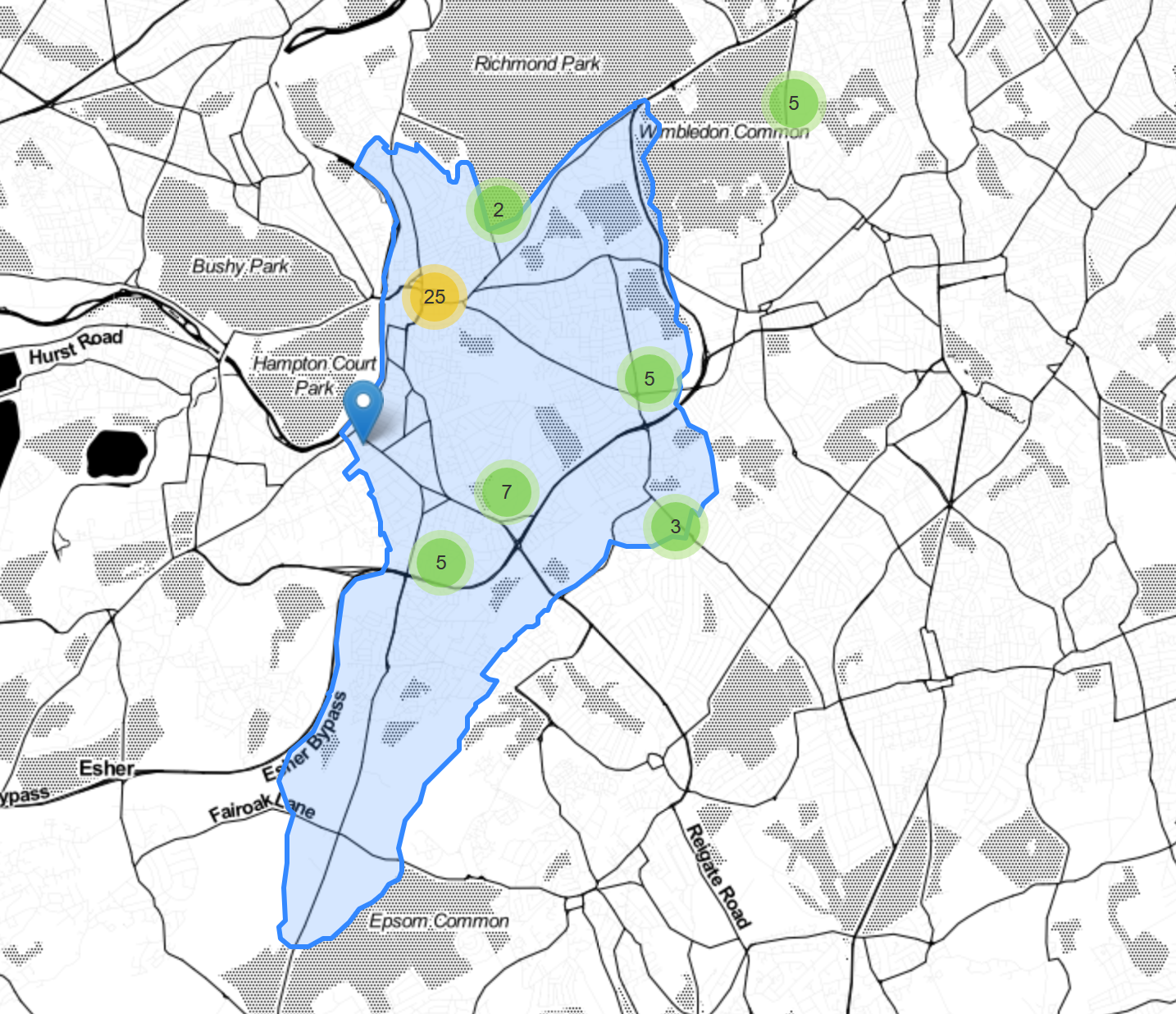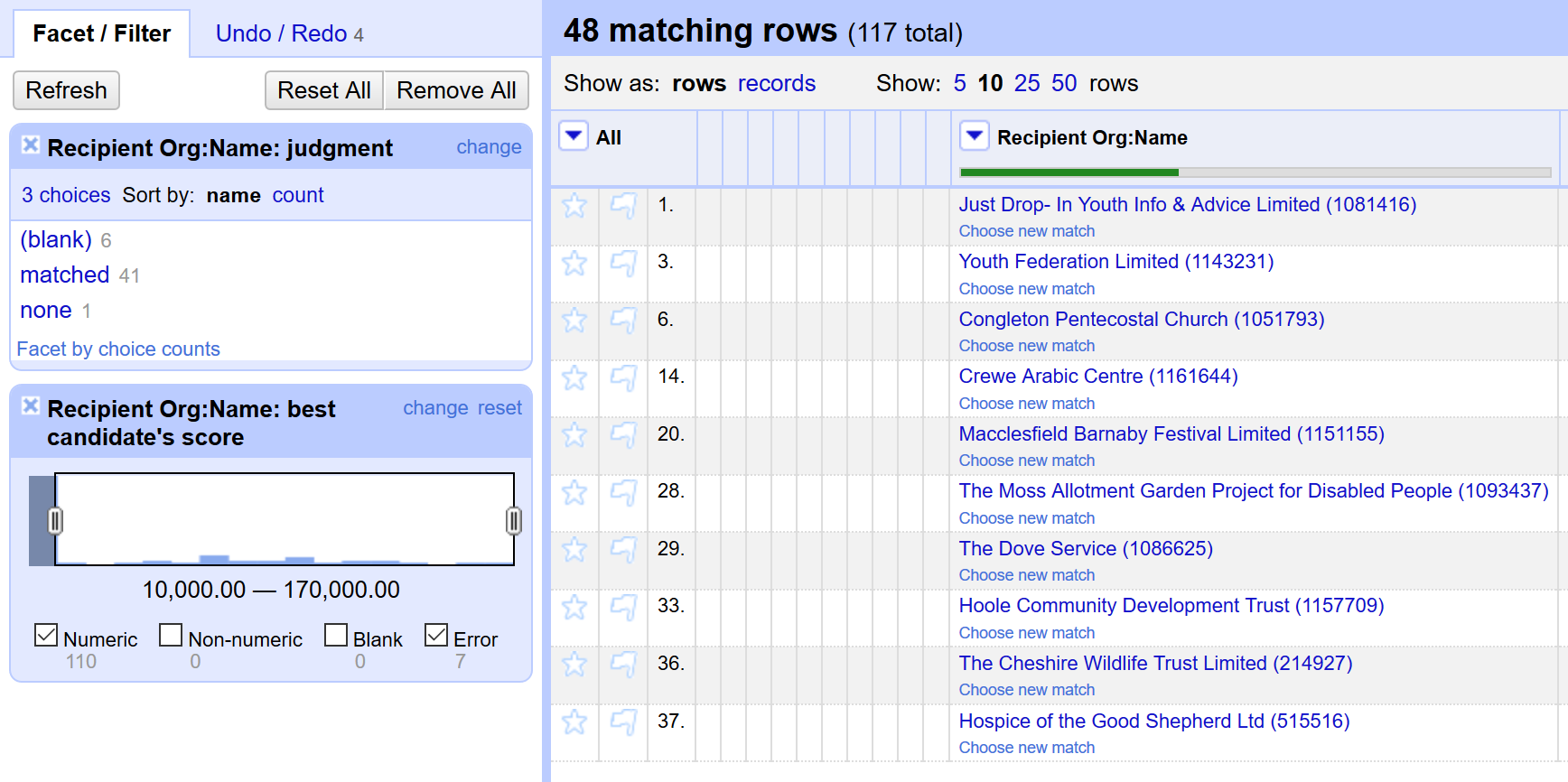Why PostgreSQL + Django is my data pipeline of choice
This blog post is based partly on an interesting conversation at Open Data camp 9 in Manchester this year, where Giles from Open Innovations led a session called DIY FTW! What’s in YOUR toolbox?. As well as showcasing a bunch of tools that I'd not come across, it also …
